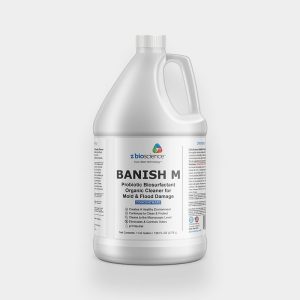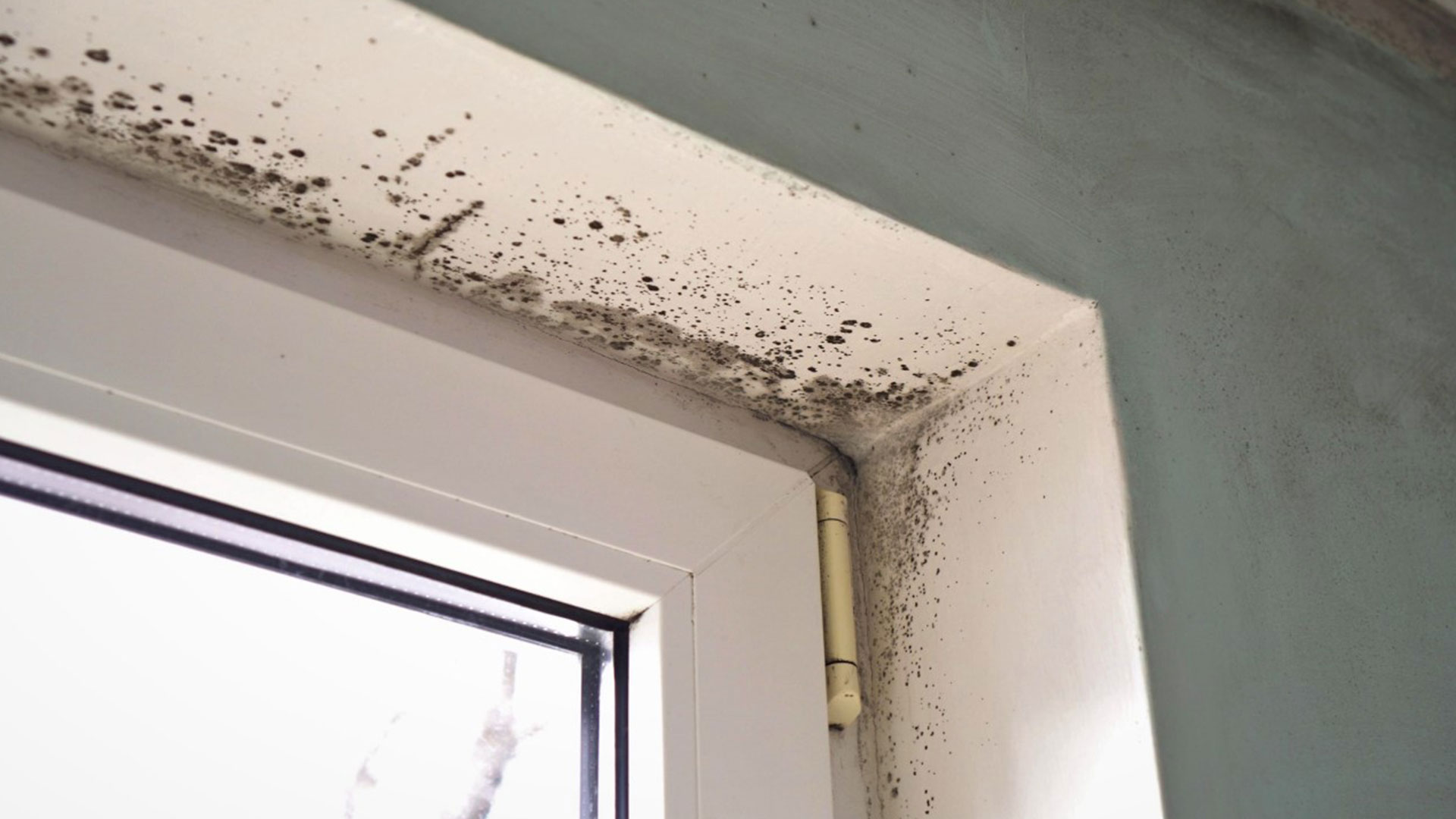Issue
Mold is ubiquitous, indoors and outdoors, and spores can come through open doorways, windows, vents and HVAC systems. When these spores drop in an area where there is excessive moisture they will grow.
Molds are very common in buildings. Mold will grow in places with a lot of moisture, such as around leaks roofs, windows, or pipes, or in (poorly ventilated) bathrooms, or where there has been flooding. Mold grows well on paper products, cardboard, ceiling tiles, and wood products. Mold can also grow in dust, paints, wallpaper, insulation, drywall, carpet, fabric, and upholstery. Many building materials provide suitable nutrients that encourage mold to grow.
Exposure to damp and moldy environments may cause a variety of health effects. Some people are sensitive to molds, resulting in symptoms such as a stuffy nose, wheezing, and red or itchy eyes. For some people, such as those with allergies to molds or with asthma, exposure may have more intense reactions. Sometimes severe reactions may include fever and shortness of breath.
In the UAE there are two major factors that lead to accelerated mold growth in buildings and homes. Hot (dry) air penetrates the building envelope through air leaks and mixes with cooled air inside. Secondly, during specific times of the year, the outside humidity is very high along coastal areas.
Cleaning up mold and preventing it from growing again requires a solid protocol, in which it is important to also be able to eliminate the source of humidity building up.
Basic Remediation Checklist
- Identify the source of the mold growth and eliminate/ fix that source. (E.g., water leaks or moisture.)
- Remove all moldy items from living areas. (E.g., carpets and upholstery that have been soaked and cannot be dried promptly.)
- Remove and replace all hard surfaces, severely affected by mold. (E.g. wooden panels, drywall, etc.)
- Clean all surfaces with a specialty product to ensure any mold spores are removed (also on surfaces behind the hard materials that have been removed, such as wooden panels, drywall, etc.)
Solution
Z BioScience BANISH-M and BANISH-S are biological based environmental restoration solutions that leverage the power of probiotics and address persistent mold issues and surface contaminants and odours arising from moisture / water damage.
The products comprise no toxic, dangerous chemicals, are pH neutral, and safe for use on moisture tolerant surfaces, be they hard, soft, and porous, without the risk of causing structural damage to the materials.
Procedure
Step 1: BANISH-M Probiotic Biosurfactant Organic Cleaner for Mold
This product is used in both mold and water remediation or restoration. Where appropriate, impacted areas are properly prepared and isolated, in accordance with industry standards and practices, such as creating a negative pressure zone around the mold remediation areas. All personnel are properly equipped with necessary PPE to protect them from the environmental contaminants.
- Dilute between 1:5 and 1:10
- Apply BANISH-M as a foam or light spray to contaminated areas, before physical removal of mold (physical removal via scraping and HEPA wet vacuum)
- Re-apply BANISH-M as a foam or spray to surfaces after physical contaminant removal to clean those surfaces, leaving BANISH-M on the surface for as long as is practical before wiping. (Repeat as needed.)
- Re-apply BANISH-M as a foam or spray as a final step and eave on the surface to dry. When appropriate, leave BANISH-M on the surface. Do not rinse and / or wipe.
Step 2: BANISH-S Probiotic Biosurfactant Organic Spray
This product is applied as a last step in both mold and water remediation or restoration and is also suitable for HVAC ducting.
- BANISH-S is a Ready-To-Use product. Do Not Dilute.
- Apply as a fine mist with a ULV (Ultra Low Volume) fogger at a fine mist of 20 – 40 microns droplet size. Can also be applied with an electrostatic sprayer.
- Once applied, leave on surfaces. Do Not Saturate Surfaces.


